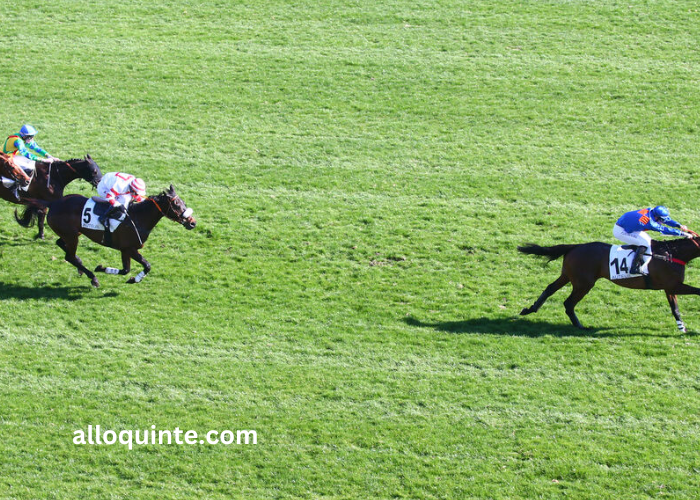“Arrivée du PMU” refers to the race results provided by PMU (Pari Mutuel Urbain), the French betting operator known for its horse racing and sports betting services. This section introduces the concept of “Arrivée du PMU,” its significance in the world of turf betting, and how it serves as essential information for bettors analyzing race outcomes and making informed betting decisions. Understanding “Arrivée du PMU” lays the foundation for exploring its impact on betting strategies and the importance of race result analysis.
Historical Context of “Arrivée du PMU” in Turf Betting
The historical context of “Arrivée du PMU” dates back to the inception of PMU and its establishment as a leading authority in horse racing betting in France. This section delves into the evolution of “Arrivée du PMU,” tracing its origins from traditional result reporting methods to the integration of modern technology and digital platforms for real-time race updates. Understanding the historical context enhances appreciation for the reliability and comprehensive nature of “Arrivée du PMU” in contemporary turf betting.
Importance of “Arrivée du PMU” in Bettors’ Decision-Making
“Arrivée du PMU” plays a crucial role in bettors’ decision-making processes by providing timely and accurate race results, including the finishing positions of horses, race times, and track conditions. This section explores the importance of “Arrivée du PMU” in analyzing race outcomes, adjusting betting strategies based on performance trends, and predicting future race results. Betters rely on “Arrivée du PMU” to inform their wagering decisions and gain insights into horse and jockey performances, enabling them to make informed bets.
Key Elements of Analyzing “Arrivée du PMU” Results
Central to analyzing “Arrivée du PMU” results are key elements that bettors consider when assessing race outcomes. This section examines each element in detail, including horse form analysis, jockey tactics, track conditions assessment, race distance suitability, and post-race analysis. By dissecting these elements, bettors can derive valuable insights from “Arrivée du PMU” results, identify performance trends, and make informed betting decisions based on a comprehensive understanding of race dynamics and outcomes.
Strategies for Interpreting “Arrivée du PMU” Results Effectively
Interpreting “Arrivée du PMU” results effectively requires a structured approach grounded in thorough analysis and strategic evaluation. This section discusses proven strategies and techniques for leveraging “Arrivée du PMU” to enhance betting success. From evaluating horse performance to analyzing race conditions and identifying standout performances, adopting a systematic approach empowers bettors to extract valuable insights from “Arrivée du PMU” results and optimize their betting strategies for future races.
Evaluating Performance Trends from “Arrivée du PMU”
Analyzing performance trends from “Arrivée du PMU” results provides bettors with valuable indicators of horse and jockey capabilities over time. This section explores methods for evaluating performance trends, including tracking win percentages, assessing consistency in race placements, and identifying horses and jockeys on upward trajectories. By monitoring performance trends from “Arrivée du PMU,” bettors can identify patterns, spot emerging talents, and make informed betting decisions based on historical race data and insights.
Conclusion
“Arrivée du PMU” interpretation can benefit significantly from advanced statistical analysis techniques that delve deeper into race results and performance metrics. This section examines the use of statistical tools such as speed figures, pace analysis, class assessments, and track bias evaluations within “Arrivée du PMU” analysis. By leveraging these techniques, bettors can gain nuanced insights into race dynamics, identify statistical anomalies, and refine their betting strategies based on empirical data and quantitative analysis.




